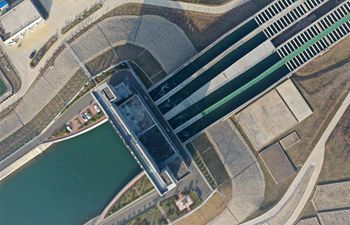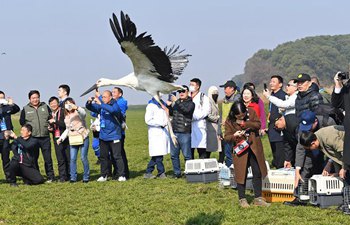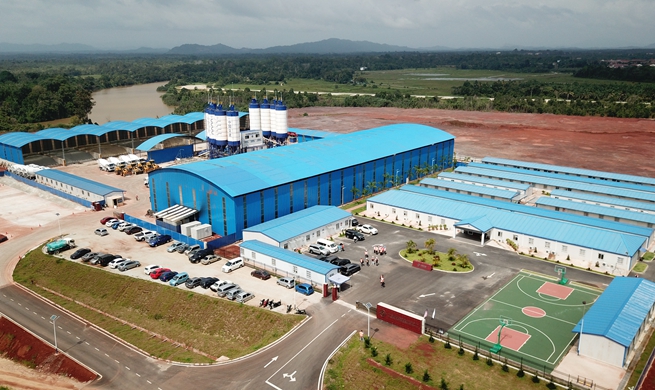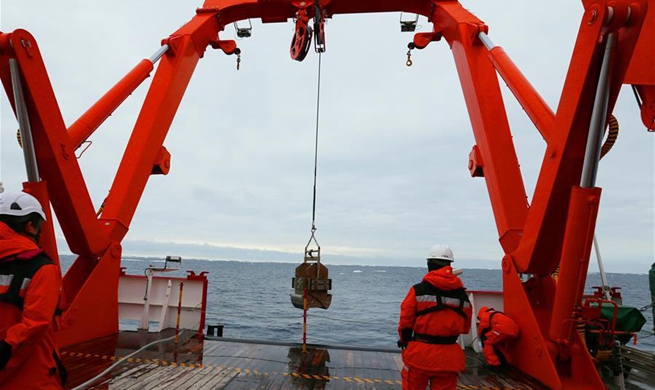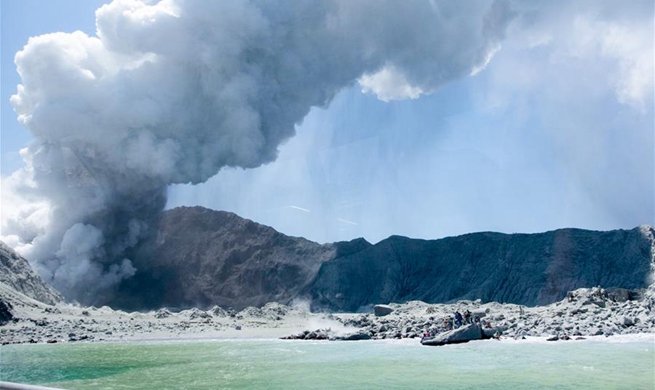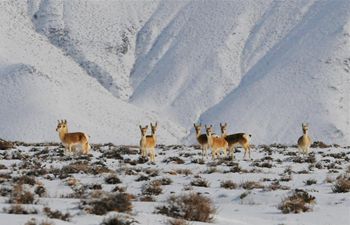SYDNEY, Dec. 10 (Xinhua) -- Scientists revealed a mapping tool on Tuesday to help international agencies fight water scarcity by providing the most comprehensive map of rivers and catchments on the earth.
The project HydroATLAS was led by two academics, Dr. Simon Linke from Australia's Griffith University and Associate Professor Bernhard Lehner from McGill University in Canada.
As well as providing habitat and food for many of the earth's organisms, rivers play an integral part in the global water cycle, with iconic waterways such as the Nile or Yangtze rivers literally shaping the continents through which they travel.
However, studying rivers and diagnosing issues has become a difficult task due to their complex nature.
By collating and representing over 280 individual attributes into a single resource, HydroATLAS allows for better analysis of what drives the hydrology and ecology of rivers and their catchments.
The resource shows data for over 8 million river segments and 1 million catchments globally -- information such as runoff, groundwater table depth and wetland inundation, can easily be compared to climate and human impact factors.
Linke said that the HydroATLAS can be accessed by anyone, and will help understand where gaps in river protection are, or what characteristics of catchments are particularly threatened by human activity.
He said they can now focus on deriving relationships between environmental drivers and fauna without spending excessive amounts of time on searching for data.
"The beauty of HydroATLAS is that the user does not need any special expertise in computer mapping, but can click on a river or area and the readily available information will be pulled from the database."
The researchers hope HydroATLAS prove especially useful for applications by intergovernmental bodies such as the United Nations Environment Program, the World Bank or the International Union for Conservation of Nature.


